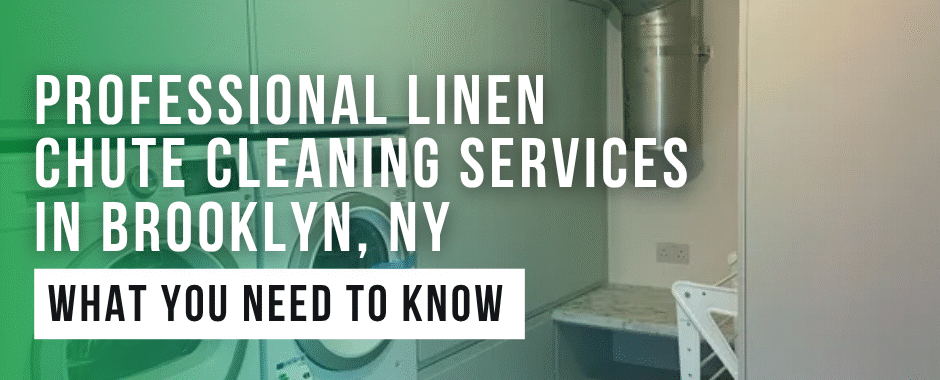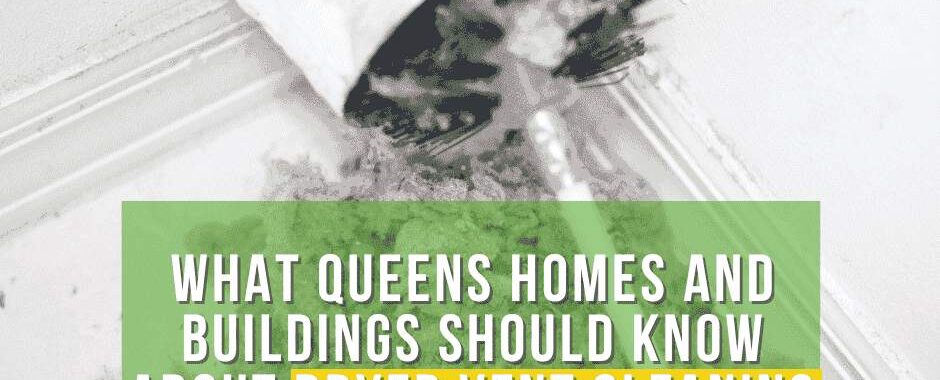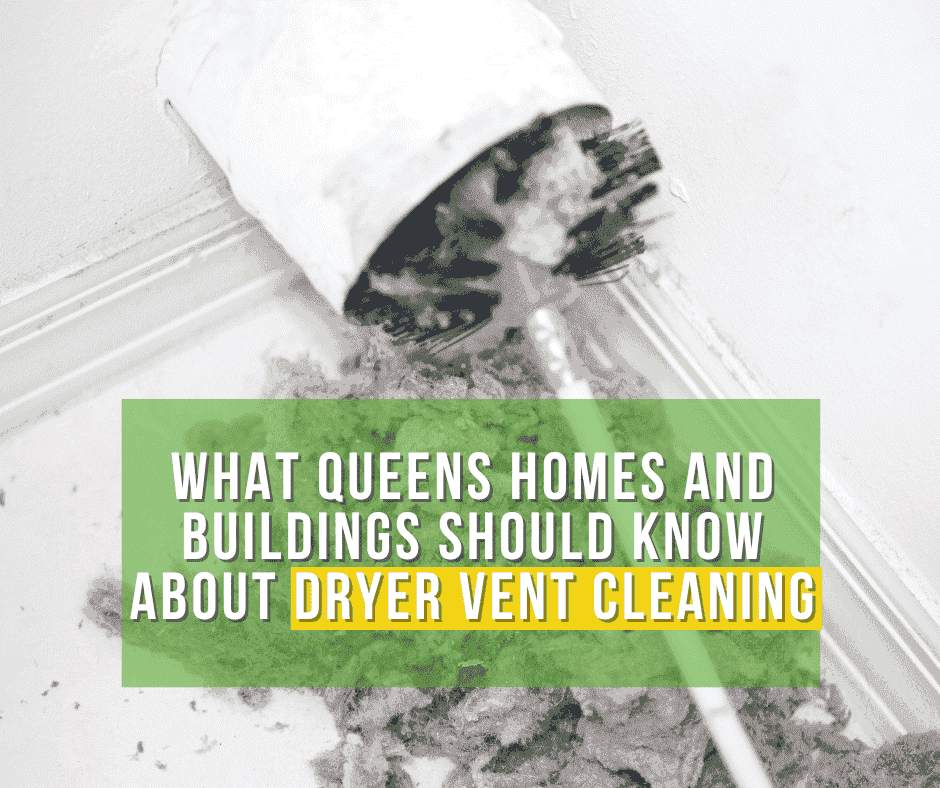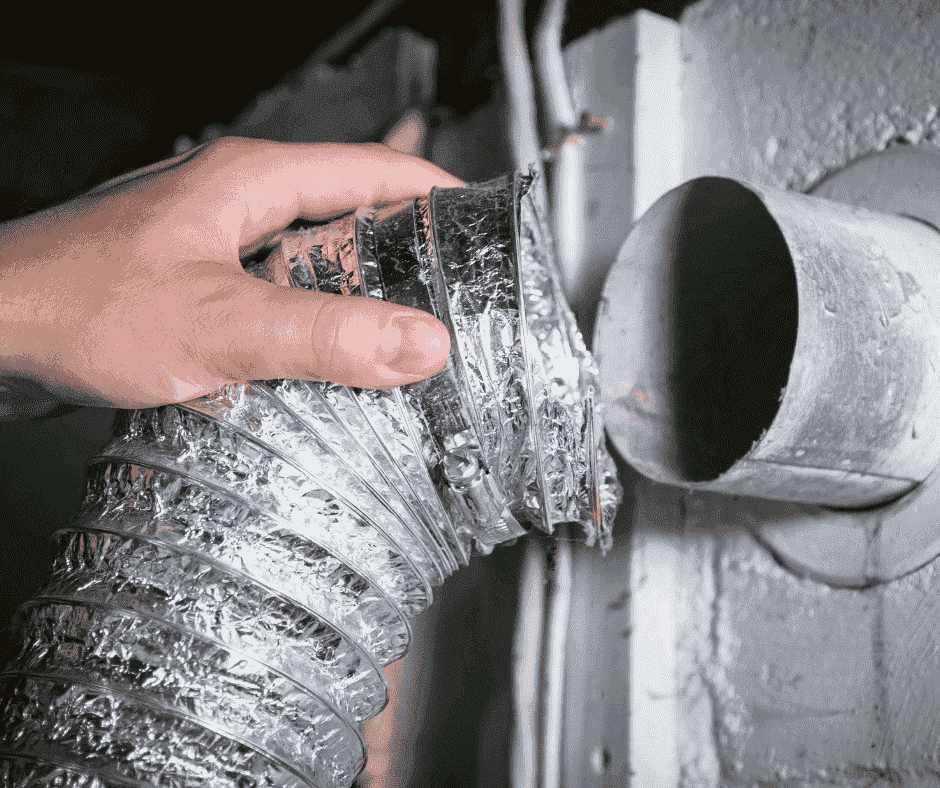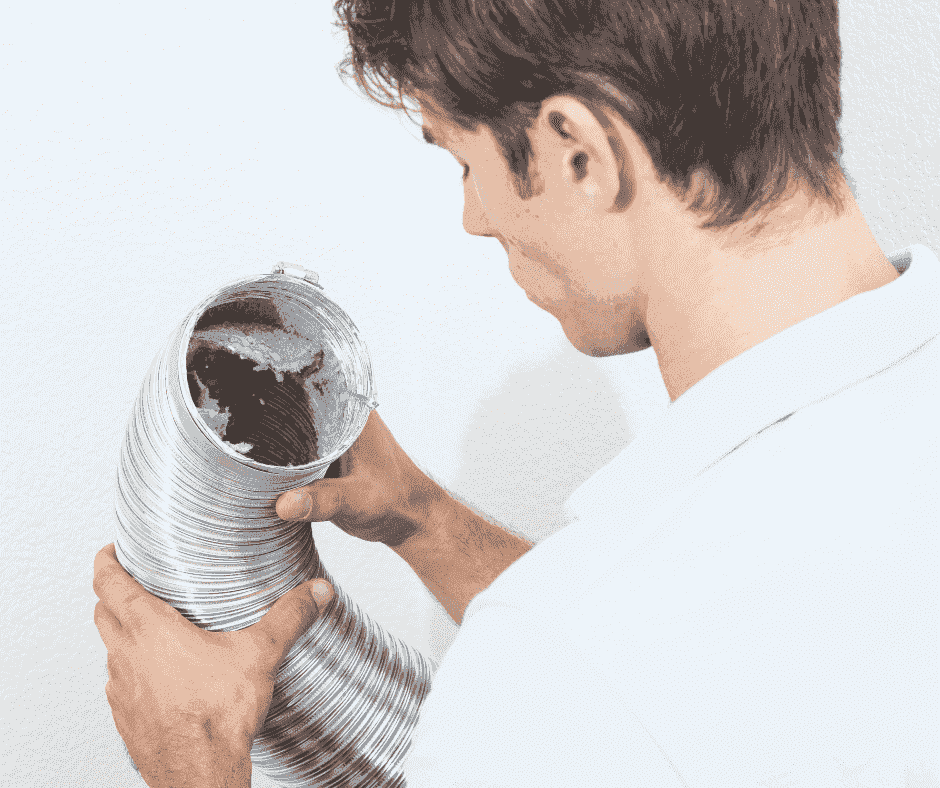Professional Linen Chute Cleaning Services in Brooklyn, NY
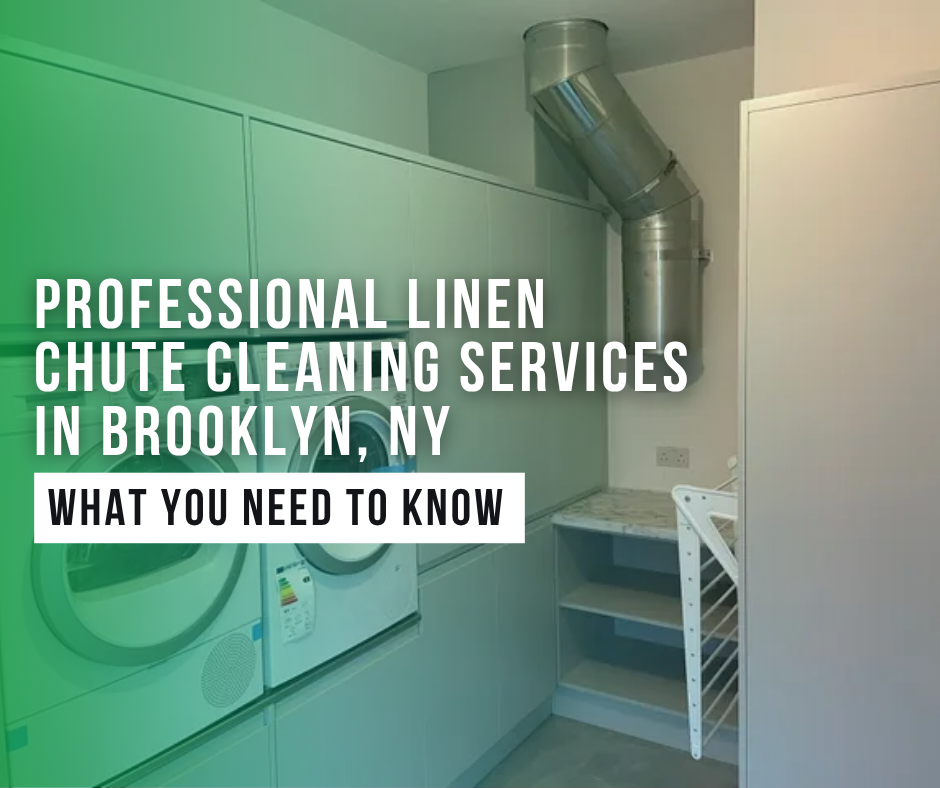
Maintaining clean linen chutes in Brooklyn isn’t just about appearances; it’s crucial for health, safety,
and NYC building compliance. Professional cleaning services ensure your linen chutes remain
hygienic, safe, and operationally efficient, reducing risks and enhancing tenant satisfaction. Discover
why linen chute cleaning in Brooklyn is an essential service for hospitals, hotels, and residential
buildings.
Why Professional Linen Chute Cleaning is
Essential for Brooklyn Buildings
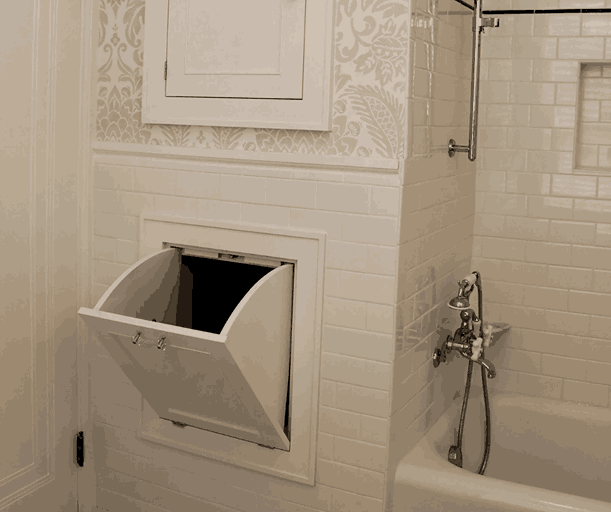
Linen chutes, particularly in densely populated areas like Brooklyn, can become hotspots for bacteria,
pests, and unpleasant odors. Professional hygiene maintenance addresses bacteria control solutions
directly, minimizing cross-contamination risks, particularly in healthcare and hospitality environments.
Regular professional cleaning services ensure tenant satisfaction improvement by eliminating foul
odors and ensuring compliance with strict NYC health regulation compliance guidelines. Neglecting
linen chute cleaning compromises operational efficiency, increases health risks, and can lead to
costly fines for non-compliance.
Health and Safety Benefits
In hospitals, hotels, and healthcare facilities, dirty linen chutes pose serious health risks, potentially
spreading infectious diseases. Professional linen chute cleaning eliminates these risks through
rigorous hygiene maintenance, safeguarding occupants and aligning with CDC guidelines.
Cost-Effective Maintenance Solutions
Regular professional cleaning prevents costly repairs and operational disruptions. Scheduled
cleanings enhance linen chute system longevity, making this a cost-effective maintenance practice for
building managers looking to maintain high standards without excessive costs.
Comprehensive Linen Chute Cleaning Process
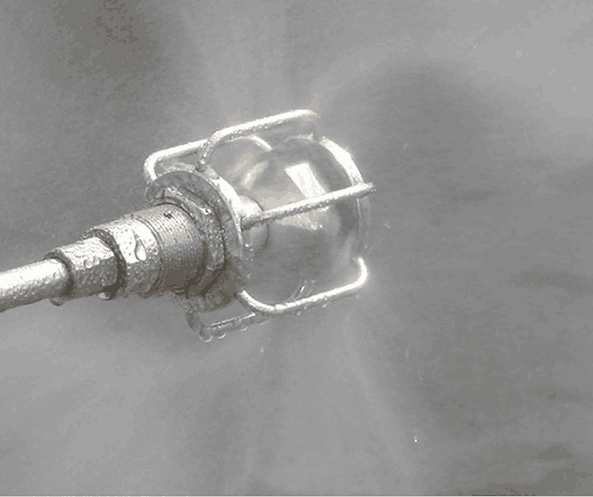
Professional linen chute cleaning involves more than simple washing. Brooklyn businesses benefit
from a structured, industry best practices approach that incorporates advanced techniques like high
pressure steam cleaning and disinfectant sanitization.
Technicians equipped with specialized professional equipment cleaning tools execute each phase
methodically, ensuring comprehensive compliance with environmental safety protocols.
Step-by-Step Cleaning Methodology
A professional linen chute cleaning typically follows these six critical steps:
- Initial Inspection: Identifying dirt buildup, odors, or obstructions.
- Debris Removal: Clearing large blockages and debris.
- High Pressure Steam Cleaning: Thoroughly cleansing chute walls.
- Disinfectant Sanitization: Eliminating harmful bacteria and contaminants.
- Detailed Component Cleaning: Cleaning intake and discharge doors thoroughly.
- Final Inspection: Verifying chute condition and operational readiness.
Advanced Equipment and Technology
Reliable Brooklyn providers utilize advanced equipment including commercial-grade, high-pressure
steam cleaners, EPA-approved disinfectants, and specialized inspection cameras. These professional
equipment cleaning solutions guarantee efficient and safe cleaning, meeting all NYC building
compliance requirements
Industry Applications and Specialized Services
Brooklyn’s diverse market demands tailored linen chute cleaning solutions. Hospitals, hotels, and
residential buildings each have unique compliance and operational requirements. A professional
service provides specialized, compliant solutions adapted specifically to these sectors.
Healthcare Facility Requirements
Healthcare facilities, particularly hospitals, must comply with stringent CDC hygiene standards.
Professional linen chute cleaning services specializing in hospital linen chutes guarantee bacteria
control solutions and cross-contamination control, meeting rigorous infection control guidelines
effectively.
Hospitality Industry Solutions
Hotels and hospitality venues benefit significantly from professional linen chute cleaning services.
Clean linen chutes directly impact guest satisfaction by maintaining a fresh, odor-free environment
and ensuring smooth operations. Hig
Compliance and Safety Standards
Linen chute cleaning in Brooklyn isn’t optional—it’s mandated by NYC building compliance and fire
safety standards, specifically NFPA 82 compliance. Professional services ensure that all chute
components, from fusible links to sprinkler systems, meet required annual inspection requirements,
minimizing legal and operational risks.
NYC Building Code Requirements
Local NYC regulations require buildings to maintain linen chutes meticulously. Professional cleaning
services assist in meeting these annual inspection requirements, ensuring that all linen chute
components remain compliant, preventing potential violations, fines, or shutdowns.
Fire Safety Protocols
NFPA 82 compliance includes maintaining fire-rated chute doors, testing fusible links, and ensuring
sprinkler system integration. Professional linen chute cleaning services in Brooklyn provide thorough
testing and detailed documentation to maintain comprehensive compliance.
Service Scheduling and Pricing Information
Transparent pricing structures and clear scheduling recommendations simplify linen chute
maintenance for Brooklyn facility managers. Cost-effective maintenance plans, tailored to each
building’s size and usage, ensure predictable expenses and optimal hygiene standards.
Recommended Cleaning Frequencies
- Standard Buildings: Every 6 months.
- High-Traffic Buildings: Every 3 months.
- Annual Inspection Requirements: At least once annually per NYC building compliance regulations.
Transparent Pricing Structure
Professional linen chute cleaning in Brooklyn typically costs between $30–$40 per floor, depending
on complexity and condition. Emergency cleaning responses are also available, providing fast,
efficient service during urgent situations.
Why Choose Our Brooklyn Linen Chute Cleaning
Services
Selecting a provider specializing in Brooklyn commercial cleaning ensures superior results. Our
qualified technician service provides unmatched expertise, quick emergency cleaning responses, and
proven reliability, enhancing your building’s safety, hygiene, and operational performance.
By regularly cleaning and maintaining your linen chute, you’ll see significant system longevity
enhancement, reducing downtime and costly repairs. We understand Brooklyn’s unique compliance
environment, positioning our services to meet and exceed your expectations every time.
Frequently Asked Questions
How often should linen chutes be professionally cleaned in Brooklyn commercial buildings?
Most Brooklyn commercial buildings require professional cleaning services at least every six months.
High-traffic buildings such as hospitals and hotels may need quarterly service to maintain optimal
hygiene.
What does professional linen chute cleaning cost per floor in NYC?
Professional linen chute cleaning costs typically range from $30–$40 per floor, with prices varying
based on the complexity of the cleaning and the building’s specific needs.
Are linen chute cleaning services required for NFPA 82 compliance in New York?
Yes, professional linen chute cleaning services are essential for NFPA 82 compliance in New York.
Regular annual inspections and cleanings ensure compliance with NYC building codes and national
fire safety standards.
Let Us Handle the Dirty Work—So You Don’t Have To.
Cismycro Environmental has been trusted by building owners, property managers, and families
across New York City for over 25 years. Our technicians provide expert, eco-conscious dryer vent
cleaning and inspection services tailored to both residential and commercial needs.
We also offer professional cleaning solutions for:
✔ Compactors
✔ Trash & Linen Chutes
✔ HVAC Air Ducts
✔ Dryer Vent Systems
Contact Us for free consultation!
📞 212-202-6111 x102
📧 info@cisenv.com
🌐 cisenv.com
Stay safe. Stay compliant. Start with your vents.

